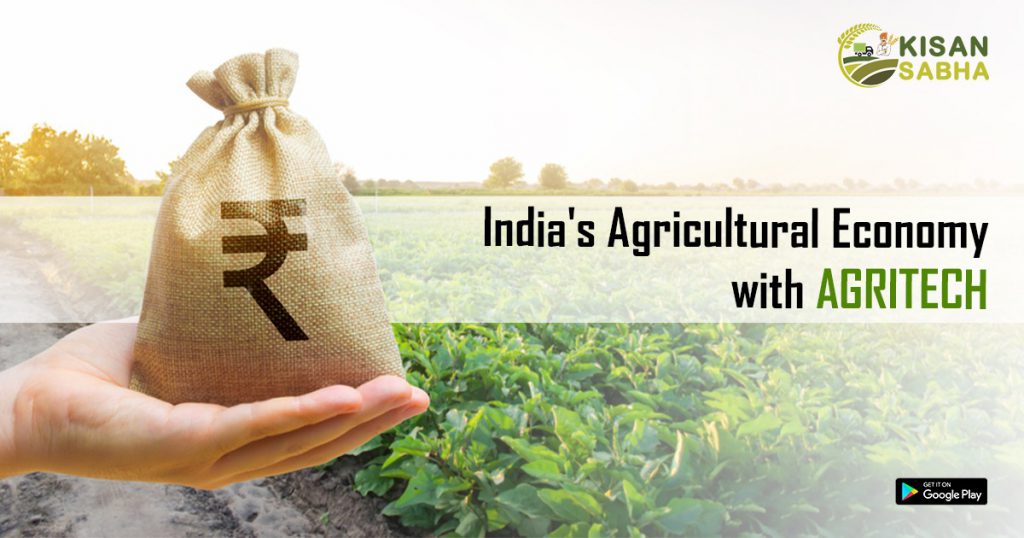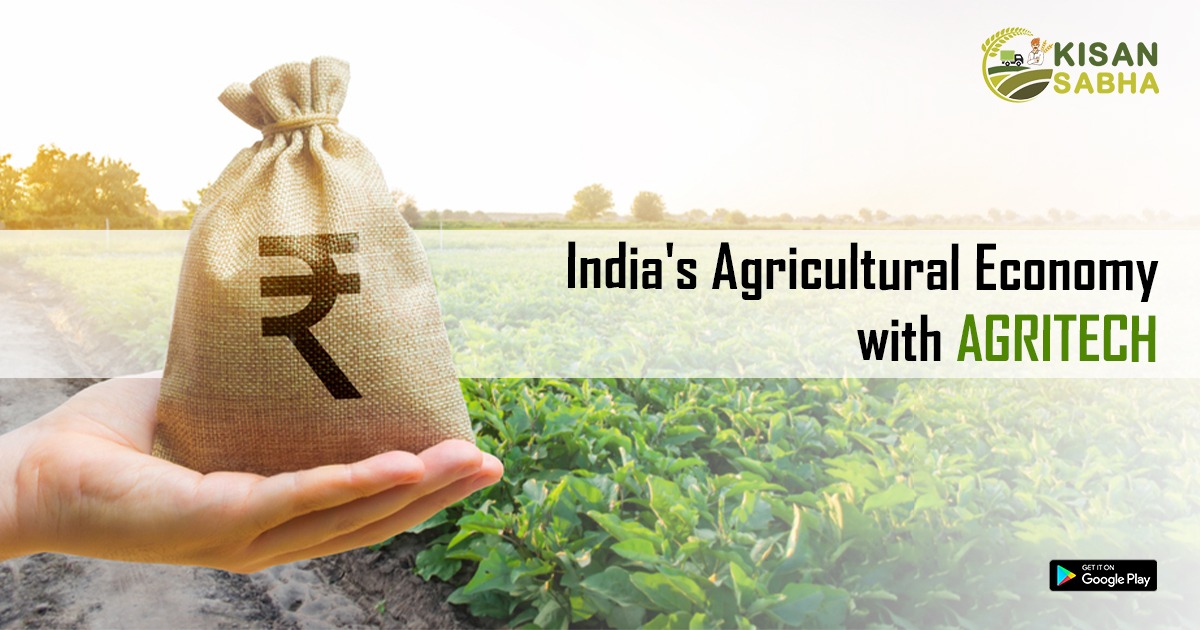Like in other parts of the globe, India’s small and marginal farmers confront various difficult obstacles that put them on the verge of poverty. The difficulties facing the over 100 million farmers dispersed across the seventh-largest country in the world must be handled methodically and carefully. The following generation of businesspeople has started creating Agriculture Technology (AgriTech) enterprises in order to achieve this. Digital technologies like Artificial Intelligence (AI), Machine Learning (ML), Big Data, Image Analytics (IA), and the Internet of Things (IoT), as well as cutting-edge business models like Software as a Service (SaaS), are being used by these startups to disrupt the agriculture ecosystem and improve the lives of Indian farmers.
Creating Opportunities from Challenges in Indian Agriculture
How significant a problem do farmers confront then? The agricultural industry in India contributes 16% of the country’s GDP, generates more than $500 billion for the economy, and employs more than 150 million people. India is the world’s second-largest contributor to agriculture after China.
86.2% of Indian farmers are tiny and marginal, with land holdings of less than two hectares and incomes of less than $150 a month, despite their significant economic contribution. Their access to markets, technology, inputs, financing, and money is constrained. Additionally to these significant problems, farmers deal with:
- Fragmented land holdings;
- Excessively high-interest rates on private lenders’ loans for agriculture;
- Unreasonable costs for their goods;
- Agronomy recommendation not supported by science
- Losses following harvest brought on by inadequate storage facilities;
- Inefficient supply chains.
Origins and Development of Indian Agritech
Agritech startups that are focused on resolving these important concerns have prospered during the past ten years. These cover a wide range of topics, including farm-to-fork brands that streamline the rural supply chain and improve warehouse infrastructure, B2B Agri markets, and rural fintech solutions. There are already more than 1500 agri startups functioning in India, according to studies, with an estimated 25% annual growth.
By 2025, it is predicted that the market potential for Indian agritech businesses would reach $24 billion USD. Over the next ten years, agritech is anticipated to flourish as a result of several unexplored market prospects, rising interest from international investors, and more government backing.

Redefining Farmers’ Lives
At every point along the value chain, agritech firms are challenging the way agriculture is now practiced.
Precision farming and agri-consulting Through weather, data on the condition of the soil, and expert agronomic advice, startups are increasing production. helping farmers use systematic agricultural techniques based on actual circumstances and using image analytics to detect pests and illnesses on crops These aid farmers in up to 30% crop output improvement.
Through transparent online price discovery for inputs and outputs, supply chain optimization and output market linkage for agri-inputs (seeds, insecticides, etc.) enable farmers to increase their returns. Due to a lack of adequate transportation and storage options, 40% of the product is squandered. Startups are attempting to make the agro supply chain more efficient to cut down on food waste, boost production, and boost farmer income. By combining technology and physical infrastructure, more accurate price realization may be achieved along the whole Agri value chain. The situation benefits both farmers and consumers.
Authenticity and quality control Startups provide farmers with incentives and higher payments for a superior product.
Financial services firms make agricultural financing transparently available to farmers at low-interest rates so they can cover their crop expenditures. In addition, they offer crop insurance to cover losses from pests, illnesses, and bad weather.
Additionally, the government has heavily subsidized the use of drones in Indian agriculture. It provides financial assistance to farmers who rent inexpensive drones to monitor crops and apply agrochemicals and fertilizers. Small and marginal farmers may now access expensive equipment and tools on a pay-per-use basis thanks to drones and agricultural equipment rental firms.
Conclusion
The crucial barriers outlined above have historically stopped Indian agriculture from realizing its full potential. But the current boom in agritech businesses and the quickening use of digital technology will be key components in resolving these long-standing problems. If we want to keep advancing innovation, enhancing the supply chain, and eventually rebalancing the profit share and improving farmer livelihoods, we must ensure that there is increased and ongoing investment in agritech.
Visit www.kisansabha.in for more details.



